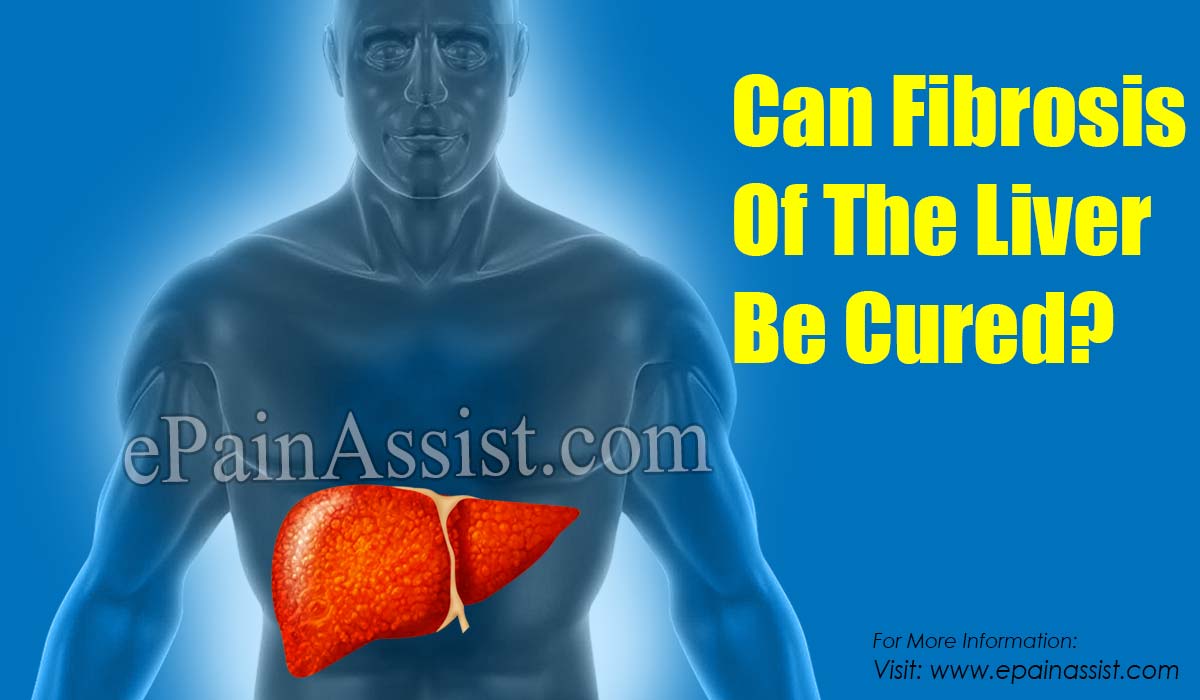The evaluation of the degree of liver fibrosis is important to decide the treatment and establish the prognosis of patients with chronic liver diseases. Until a few years ago it was necessary to perform a liver biopsy to study the degree of fibrosis. However, at present there are several non-invasive methods available to estimate the degree of fibrosis. These methods are imaging tests (e.g. FIBROTAC), simple biochemical markers (eg: Forns index), fibrogenesis markers (TGFβ1, TIMP1 [tissue inhibitor of metalloproteases 1, tissue inhibitor of metalloproteases type 1], PIIIP [amino-terminal peptide of procollagen III] and hyaluronic acid) and more recently elastography.
These methods allow the degree of fibrosis to be estimated with adequate precision, although its usefulness for the evaluation of moderate changes is not well demonstrated.
Currently, liver biopsy is indicated when, in addition to wanting to determine the degree of fibrosis, there are diagnostic doubts and precise information is needed on the type of inflammatory infiltrate (e.g., liver transplant patients).
Chronic hepatitis C is the most extensively studied disease. The virological response maintained in patients who have received IFN-α and ribavirin decreases the progression of fibrosis. Even a proportion of patients with advanced fibrosis or cirrhosis can significantly reverse the stage of fibrosis. Thus, a recent study shows that patients treated with different patterns of IFN and ribavirin have an improvement of fibrosis in a third, a stabilization of this in 60%, while only 10% shows progression of fibrosis despite the viral elimination.

Can Fibrosis Of The Liver Be Cured?
A remarkable fact is that patients with more severe fibrosis have a worse response to antiviral treatment. It is possible that intrahepatic fibrogenic mechanisms can modulate the antiviral response. Similarly, the elimination of Hepatitis B Virus replication by means of antiviral treatment is associated with a regression of the degree of liver fibrosis in almost half of the patients. This effect has been described in various drugs such as lamivudine, adefovir, entacavir, and tenofovir. It is unknown if any of these drugs could have an antifibrogenic action and, therefore, be indicated in patients with advanced fibrosis. There is little information about the effects of alcohol withdrawal on fibrosis in alcohol-induced liver disease. It is necessary to carry out new studies to evaluate the effect of decreased alcohol intake or abstinence in these patients, as well as the factors that regulate the regression of fibrosis. There is recent evidence indicating that weight loss after bariatric surgery is associated with a histological improvement of NASH (non-alcoholic steatohepatitis), with a decrease in fibrosis. This beneficial effect correlates with the normalization of metabolic parameters and has been described even in patients with advanced fibrosis.
Finally, fibrosis secondary to biliary obstruction is reversed after surgically resolving the condition. All these clinical observations indicate that the elimination of the causative agent leads to an improvement in liver fibrosis, regardless of the cause.
The cellular and molecular mechanisms responsible for the reversibility of liver fibrosis in humans are unknown, as well as the environmental and genetic factors that regulate the degradation of collagen. It is possible that after a prolonged follow-up, the fibrosis can be completely reversed in some patients. The knowledge of the mechanisms involved in the regression of fibrosis could help to develop coadjuvant treatments for patients which respond to the etiological treatment, in order to favor the degradation of the accumulated extracellular matrix.
Use of Antifibrogenic Drugs
The existing studies in patients do not allow recommending the use of any antifibrogenic drug at the moment. However, numerous experimental studies in rodents have demonstrated the utility of various drugs in models of chronic liver damage. Most of these drugs, however, have not been investigated in controlled human studies.
Conclusion
Since fibrosis represents a response to liver injury, the primary treatment should focus on the cause through the removal of the element that injures the liver.
Also Read:
- How Do You Know If Your Liver Is Failing?
- What Not To Eat When You Have A Liver Problem?
- What to Expect In the Last Days of Liver Failure?
- Is It Painful To Die Of Liver Failure?
- What Are The Early Signs Of Liver Damage?
- How Long Does It Take To Die Of Liver Failure?
- What Happens To The Body During A Liver Failure?
- How Long Does It Take For A Human Liver To Regenerate?
